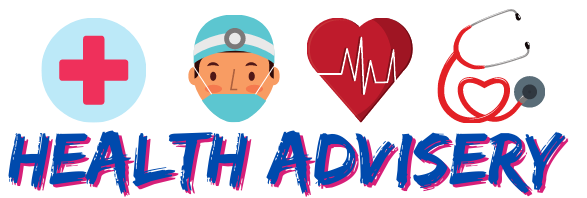Every employer or business owner should provide a safe environment for their employees. Sadly some employers rarely see any need for this or assume it’s costly. Truth be told, building a safe environment can help you save the money you would otherwise pay as a fine or cover compensation claims.
Workers’ negligence isn’t the major factor that is responsible for accidents in the workplace. At times, it can be a result of ignorance or other factors that are beyond their control.
Ready to create and implement a robust safety program, consider these suggestions.
Table of Contents
Evaluate your needs
You need to determine your needs first before developing a safety plan for your organization. Each brand and industry have different sets of requirements when it comes to training programs.
Bear in mind that training won’t resolve all workplace safety threats and hazards. That said, find the root cause of the safety issues in your organization. Some of the issues that training can solve include lack of motivation and inadequate knowledge of safety practices.
Asides from that, you can develop a positive safety culture. However, if workers get injured because of some flaws in the layout of your workplace, your best bet is to alter it.
Job hazard analysis
Conducting a job hazard analysis will reveal any lapses in how your employees carry out their respective roles. More so, it will reveal the threats your employees are battling with. This analysis covers the possible hazards that come with completing each task.
The documentation will come in handy for designing safety training programs. A job hazard analysis offers a smart way to get employees involved and develop a safety culture. Keep the lines of communication open and encourage your employees to share their concerns and feedback.
Observe the gaps in your job hazard analysis and take proactive steps to fill them.
Design training materials
The way you present your training materials will either make or mar your safety program. Materials that are simple and visually appealing will naturally generate interest, and there’s a higher chance of implementing them.
Make sure that each material addresses the common safety issues in your organization. More so, it must align with your safety culture and business structure.
The supervisor that you put in charge of the training also matters. Assign this task to an individual who possesses the required technical skills and soft skills. Besides, they should leverage real-life examples to make the process engaging.
Measure your results
Consider doing a survey to get employees’ feedback hassle-free. Taking this step will reveal whether your strategy is effective or not. You can also get in touch with the supervisors regarding employees’ attitudes once the training is over.
Rinse and repeat
At times, you may not get noticeable results immediately after the initial training. This doesn’t mean that you should relent or become discouraged.
The concept of safety is ever-evolving, so get ready to tweak your safety program with the data you’ve collected. There is no need to wait until you invest in new tools or hire new workers before taking this step.
Focus on achieving a zero-incident goal and have a plan in place for handling issues even before they surface.Designing a safety program can be overwhelming, but you can always get a plan that will meet your needs at https://www.cornerstone-ehs.com/. They offer a wide range of EHS consulting services that will assist you to be OSHA compliant.

